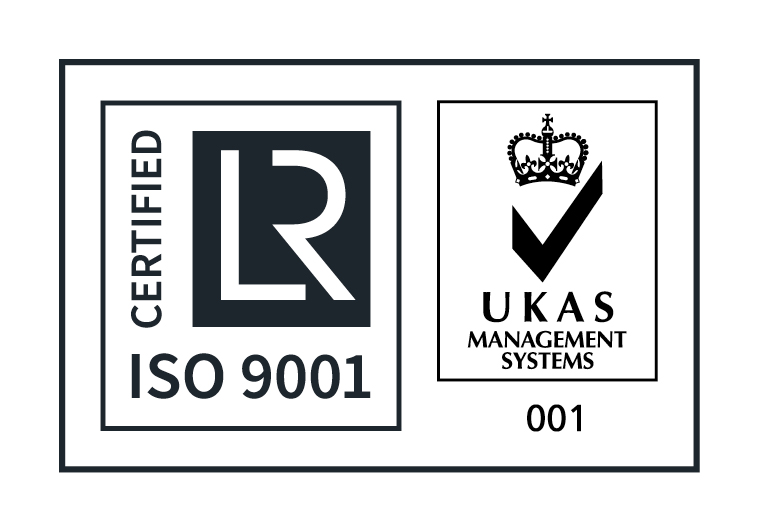3-Channel Isolated Comms
This module provides three galvanically isolated audio channels to remote locations (used for diver helmet comms, chamber outstations etc.).
Each channel has a configurable microphone interface supporting various power and signalling technologies and provides up to 25W of audio output power. Though unlikely, up to 5 of these modules may be installed in a single system chassis thus creating the availability of 15 channels.
The Isolated Channel is typically used for various types of Remote User, for example:
- In-water divers
- Standby diver
- Bell AGA Mask
- Bell speaker & microphone
- Crane Operator Outstation
- On-deck Wired Outstation
- Public Address (PA) Bull-horn speaker
The Remote User channel will have a text title on the main Matrix display, and this will describe the Remote User function connected. When the channel is selected for adjustment (by pressing the title tile) the Remote Channel adjustment page is displayed.

There are a number of ‘special case’ Isolated Channels, which have additional configurable parameters, for example the In-water Diver channels in a Saturation diving system. These channels have configurations for the helium speech unscrambler and other optional filters / features. In reference to the left hand side of the graphic shown in this section, the adjustment page is similar to the equivalent Supervisor adjustment page, with the headphone and microphone adjustment fader controls and the microphone VU meter. Adjusting these is exactly the same as adjusting the Supervisor headphone and microphone levels, and the settings are easily adjusted as follows:
The Headphones (ears or downlink) volume level is the volume being sent to the diver’s earphones in the helmet or the band-mask. Adjust this level to provide a comfortable listening level for the Diver.
The Microphone (uplink) level is the amount of amplification being applied to the diver’s microphone signal. This should be adjusted so that each Remote User channel (i.e. all divers and other Remote User channels) are at the same level in the Supervisor’s headphones.
When the DDCS is used in Saturation Diving applications, there is a helium speech unscrambler available on Remote User channels where divers in saturation are located (e.g. in-water divers, the bell or in the chambers). This feature can be turned On and Off on a per-channel basis by toggling the Unscrambler button on the Remote User channel adjustment page. The unscrambler uses a sophisticated vocal tract modelling algorithm to reverse the effects of the helium on the diver’s speech. The amount of distortion caused to the voice from the helium is dependent on a number of parameters, but mainly on the operating depth. It is therefore necessary to adjust the correction level (or Depth Factor) for a particular operating depth. This is done by adjusting the Depth Factor value using the + and – buttons. This should be adjusted to give the best intelligibility of the diver’s speech.
For Air Diving applications where in-water divers do not require helium speech unscrambling, or on Remote User channels where divers are not involved, there are no Unscrambler controls.





